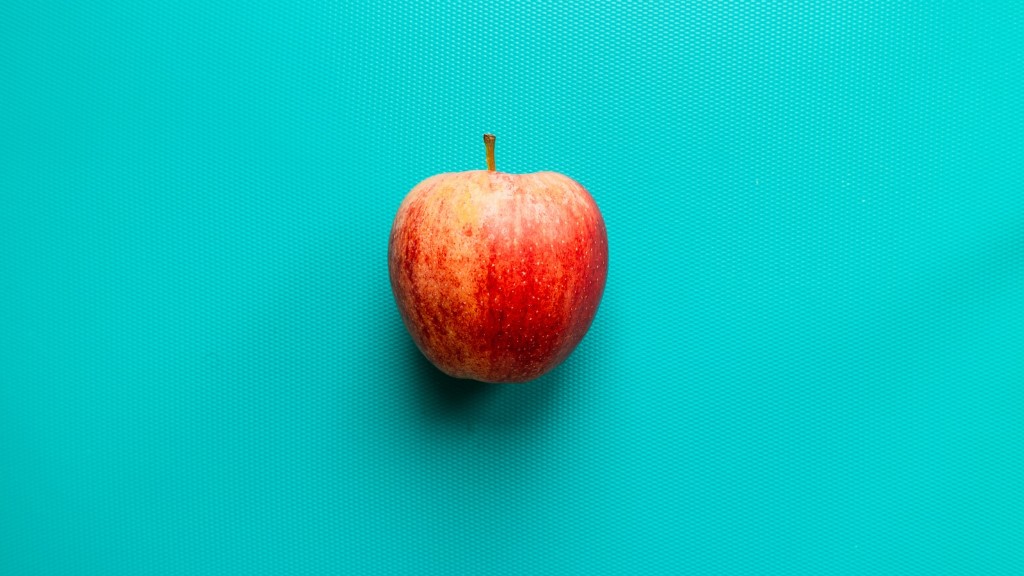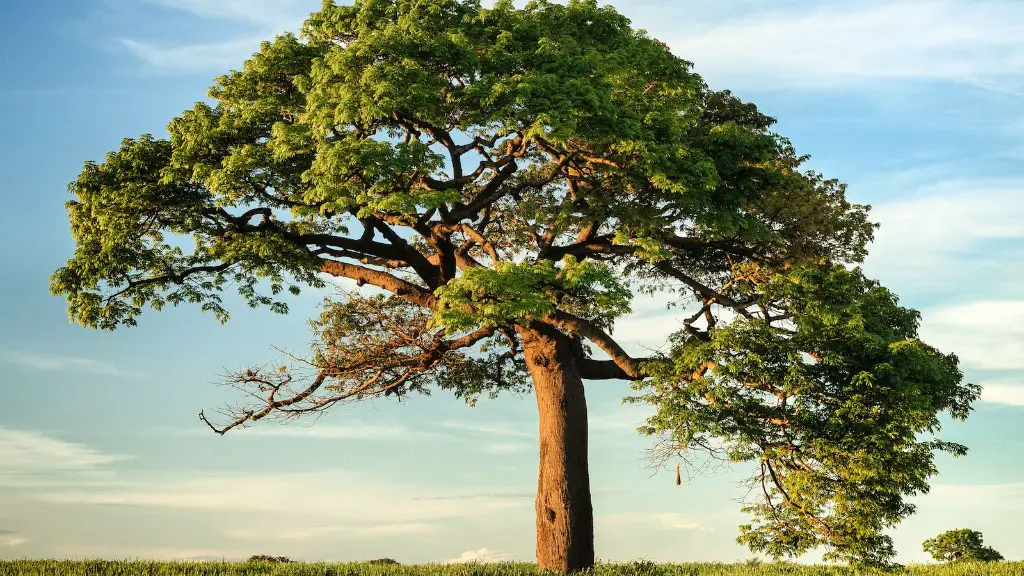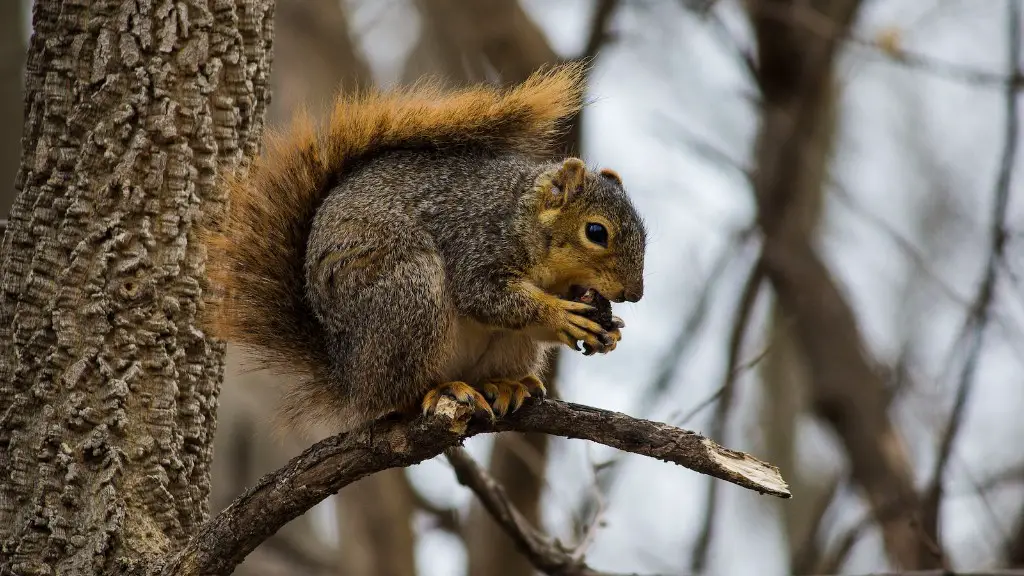Avocado trees are attractive and nutritious. An avocado tree can be grown from a seed relatively easily, but it does take a lot of time to see it bearing fruit. Most varieties of avocado fruit take between five to thirteen years to bear fruits. For example, one of the most popular varieties, the Hass avocado tree, takes from seven to fifteen years before it bears fruit.
The amount of time it takes to grow an avocado tree depends entirely on the variety and conditions under which it is grown. Soil type and fertility, water availability, and location all have an impact on the time frame. Growing conditions that promote good tree health, with adequate sunlight and moisture, can accelerate the timing for an avocado tree to produce fruit.
Planting your avocado tree is the first step. It is best to start with a young seedling tree from a nursery. Plant it in a sheltered, but sunny spot in well-drained soil. Soil should be rich in organic matter and evenly moist. Provide regular watering during the grow season so that the tree roots remain moist. Deep watering once a week is ideal, but daily watering may be necessary in hot, dry weather.
It’s important to prune the avocado tree when it’s young to encourage it to branch outward toward the sun and air. Pruning should be done in winter, and dead and diseased branches should be removed. For optimal growth and fruit production, the tree should be fertilized each year with a complete fertilizer that contains the essential elements nitrogen, phosphorus, and potassium.
A young avocado tree should also be staked after planting to provide support and guide proper growth. This can be done by installing a stake in the ground at an angle so that it’s a couple of feet higher than the top of the tree trunk. You can also set a piece of bamboo into a hole made next to the tree trunk and secure it with ties.
When planting the tree, it’s important to consider the amount of available sunlight. Avocado trees need plenty of light for good fruit production, so make sure to choose a spot that gets at least six hours of direct sunlight per day. Too much shade can weaken the tree and reduce the amount of fruit.
Pollination and Fruiting
Most avocado varieties are self-pollinating and require only one tree to produce fruit. However, they may produce larger and better quality fruit if they’re pollinated by bees or by hand. To ensure pollination, you may want to invest in a beehive or even introduce pollinating insects into your yard. Once the tree is pollinated, it will start to produce small immature fruit.
It’s important to note that since most varieties are self-pollinating, there is often no need to buy two trees for pollination purposes. However, some varieties are not able to self-pollinate and will require two trees for pollination. In this case, it’s important to buy two trees of the same variety.
The amount of fruit produced by an avocado tree will depend on growing conditions, age of the tree, and pollination. It may take up to five years before an avocado tree bears fruit, and even then, it may produce only a few fruits per season. For example, young trees may produce just a few avocados a year. However, with proper care and the right conditions, mature trees can yield up to a hundred fruits a year.
Harvesting and Storage
Harvesting an avocado fruit is a delicate process as the fruit is easily damaged by rough handling. Fruits should be harvested with care and can be harvested even when they are green. The fruits will ripen off the tree and should be stored in a cool, dark place until ready to eat.
Avocados do not ripen until they are picked, so the timing of the harvest is important. Avocados should be picked before they are fully ripe in order to prevent damage. The best way to check is to gently squeeze the fruit to check its firmness.
It’s also important to monitor the tree for any signs of disease or damage. If disease is present, it’s important to treat it immediately, as it can spread quickly and decrease the amount of fruit produced. Likewise, it’s also important to remove any dead branches and decaying fruits to prevent the spread of disease.
Predators and Pests
Avocado trees can suffer from a range of pests and predators, from rodents and birds to fungi and bacteria. To protect the tree from such pests and predators, it’s important to regularly monitor the tree for signs of any damage or disease. Once you spot any signs, take prompt action to eliminate the pest or predator responsible.
You can also employ natural methods to protect the tree from pests and predators, such as planting deterrent plants or using traps to capture mice and other small rodents. If all else fails, you can use organic or chemical pest control products to protect your tree.
Wrap-up
Growing an avocado tree can be an uplifting and rewarding experience, but this process takes time. To ensure optimum growth and fruiting of your tree, it’s important to consider the variety of avocado tree, the climate, soil type and conditions, as well as regular feeding, pruning, and pest control measures.
Avocado trees tend to live a long time and may bear fruit for decades if adequately cared for, so being patient and consistent with caring for your avocado tree may eventually pay off. While it may take years before the tree bears fruit, once it starts, it often needs very little maintenance and can provide an almost endless supply of delicious and nutritious avocados.



